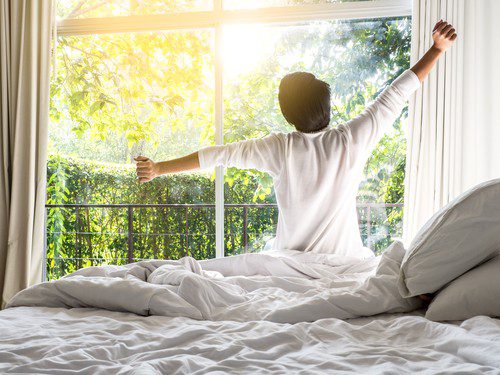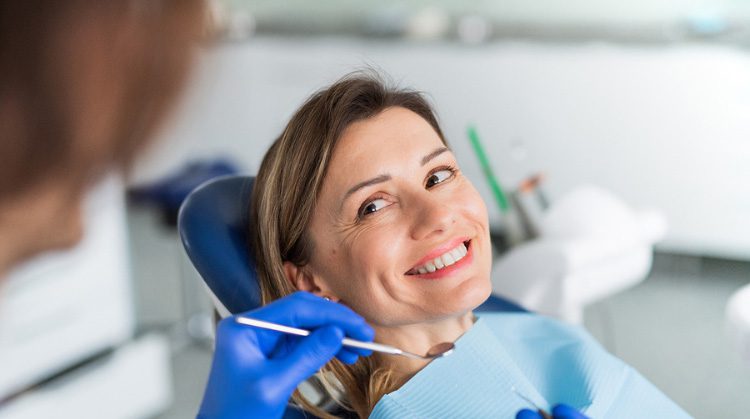
Sleep studies in a lab have always been one of the most frustrating parts of diagnosing a sleep disorder for most patients. The environment is unfamiliar and it can be hard to relax enough to sleep like you would at home, not to mention the high cost of spending the night in a sleep-study facility.
Researchers from Ludwig Maximilian University of Munich published a new study in the journal Current Biology describing their new technique for studying sleeping behaviors at home using a simple wrist-worn device. The chronobiologists from LMU have been conducting a long-term sleep project studying over 16,000 sleep episodes of almost 600 subjects. The subjects range in age from 8 to 92.
The subjects wore devices on their wrists that tracked periods of movement and periods of immobility, which the researchers used to measure what the study refers to as “Locomotor Inactivity During Sleep,” or LIDS. These movements were discovered to correspond with cycles of REM sleep and non-REM sleep; this study marked the first time these patterns of sleep were detected with simple wrist-worn monitors.
This could be a huge step in overcoming one of the biggest barriers to treating sleeping disorders, said Dr. Amy Norman, DDS, who treats sleep apnea at her practice in Everett, Washington.
“One of the biggest obstacles in the successful diagnosis and treatment of sleep apnea is that people hate sleep studies,” she said. “They don’t want to go spend the night in a foreign environment hooked up to machines.”
If this breakthrough method of sleep research becomes the norm, it could mean a much higher rate of diagnosis for sleep problems and in turn more people could get the help they need to treat these dangerous health conditions.
According to the U.S. Centers for Disease Control, an estimated 50 to 70 million adults in the United States alone are suffering from a sleep or wakefulness disorder.
“Not only is sleep deprivation or interrupted sleep dangerous for the body, but it’s also dangerous for the mind,” said Norman. “Daytime sleepiness and feelings of depression and anxiety can lead to accidents and injuries that could be avoided.”
Accidents related to sleep apnea have made headlines lately especially when it comes to public and even private transportation. In fact, one new study published in the journal Sleep discovered that drivers with obstructive sleep apnea were 2.5 times more likely to be the driver involved in an accident than those without sleep apnea.
A 2014 report from the American Automobile Association found that drowsiness accounted for 6,400 traffic-related deaths, or 21 percent of the total traffic-related deaths in the Unites States.
“Snoring is one of the most common signs of sleep apnea,” said Norman. “Even though television shows have used snoring to make people laugh for years, it’s truly not funny because it can be deadly when ignored, especially if it’s signaling a serious health condition like obstructive sleep apnea.”



